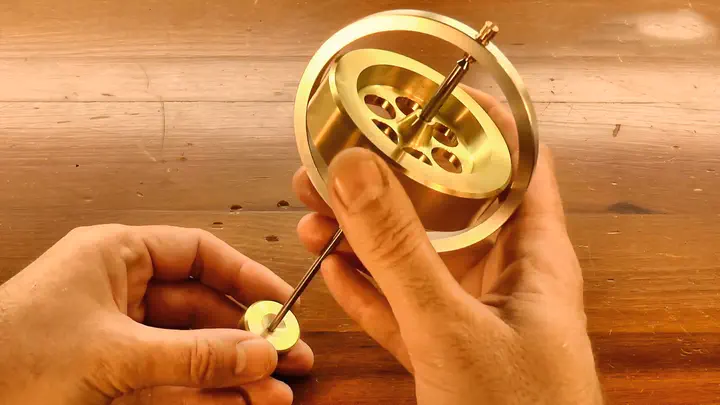Investigating Gyroscopes

In this experiment we measured the moment of inertia of an aluminum disk using two different methods, both of which convert the system into a working pendulum, the value for the moment of inertia calculated was I = 0.0113 ± 0.002kgm2 more is displayed in the results section. Furthermore using the methods stated above, the moment of inertia of a bicycle wheel was calculated to be I = 0.14377 ± 0.016kgm2, we then used the moment of inertia and the observed period of oscillation to calculate the frequency of precession theoretically the results are displayed in the results section, on the other hand we plotted the relationship of the precession frequency and the angular frequency against the distance d (distance from the balance distance of the gyroscope), and obtained a gradient which was accurate within 5% to the true value giving us confidence in the methodology used and confidence that the theoretical value accurately described the dynamics of the gyroscopes. Finally for the nutation of the gyroscope we discover the the relationship between a nutating and a non nutating gyroscope’s period of oscillation ia a direct linear relationship, where the non nutating angular frequency is always greater that the nutating angular frequency, the percentage difference between the two was observed to always lay between -9& and -7%. More results can be found in section 4.